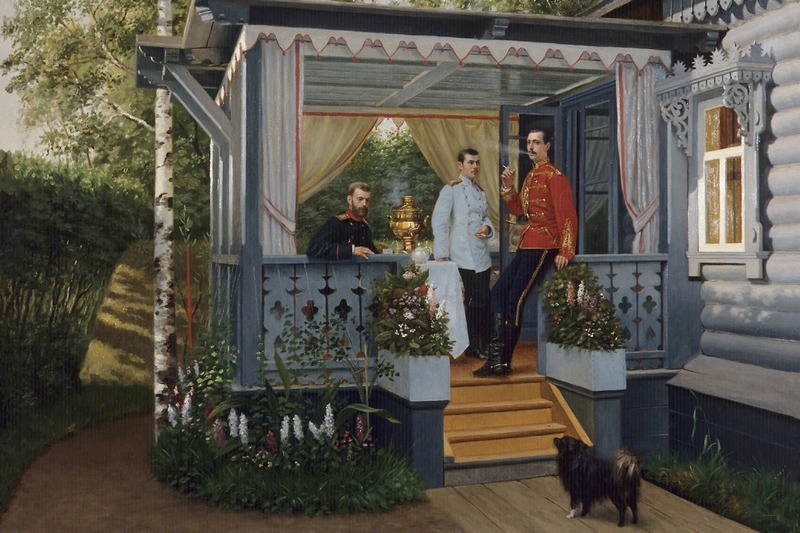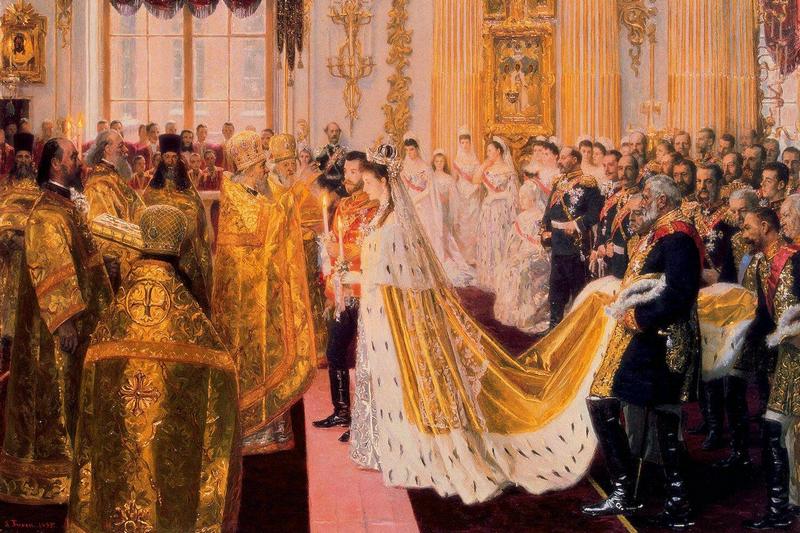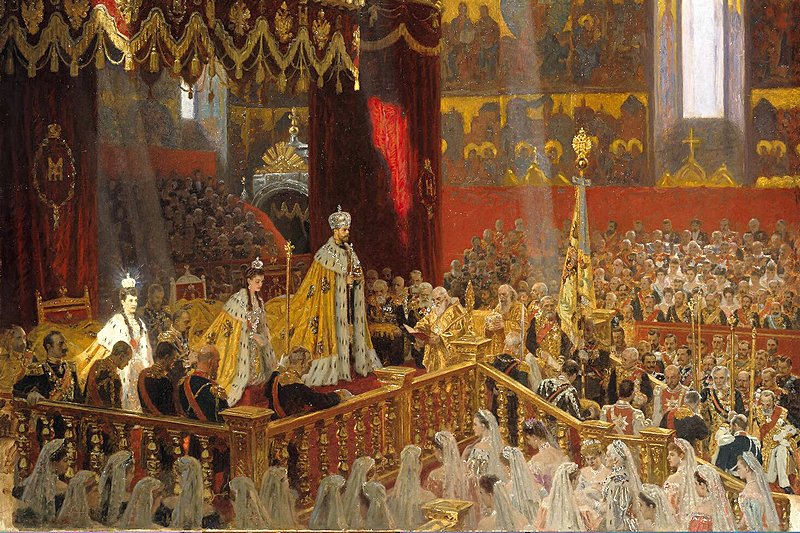Nicholas II
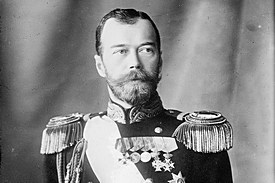
Born: Tsarskoe Selo, 6 (18) May 1868
Died: Ekaterinburg, 17 July 1918
Reigned: 1894-1917
Nicholas II, the eldest son of Emperor Alexander III and Empress Maria Fyodorovna was born 18 May 1868 in Tsarskoe Selo, near St. Petersburg. As heir apparent, the young Nicholas received an excellent "palace" education that prepared him for his future role as Autocrat of All the Russias. Among the young tsarevich's private tutors were the ultra-conservative Ober-Procurator of the Holy Synod and former advisor to Alexander III, Konstantin Petrovich Pobedonostsev, and General Grigory Danilovich. Partially due to their efforts, Nicholas' character combined extraordinary restraint (to the point of shyness), love of military service and of all things military, and the sacred belief in the inviolability of the principles of absolute autocracy - traits which to a greater or lesser degree later affected his activities as tsar.
Contemporaries unanimously note Nicholas' great personal charm, his quiet restraint, combined with an ability to converse easily with others, and his excellent memory which allowed him to recall an enormous number of people whom he had met over the years. He spoke and wrote fluent English (and communicated in this language with his wife, who as child spent her summers at the court of her grandmother, Queen Victoria), and also knew French and German. The Emperor was fond of history and was an avid reader of both entertaining and scholarly books. In addition, Nicholas was fascinated by photography, as were his children, and he enjoyed both walking and hunting (as did many other Romanovs). When automobiles appeared in Russia, they captivated him, and the Russian court possessed one of the largest car collections in early 20th century Europe.
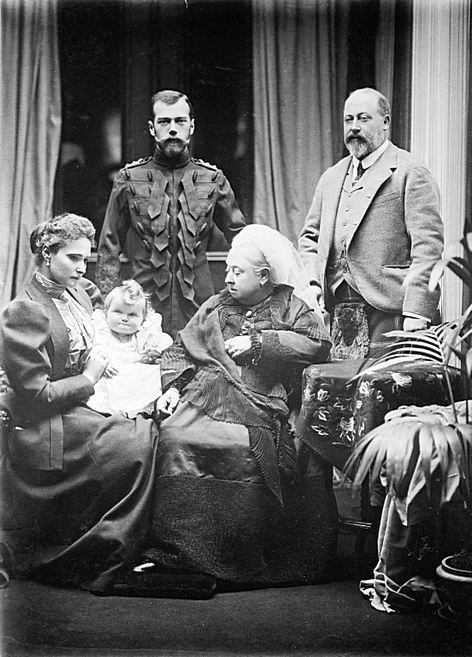
Nicholas II came to power unexpectedly, after Alexander III died suddenly from kidney failure in Lividia Palace on the Black Sea at the age of forty-nine. At the time of this tragedy, Nicholas was engaged to Princess Alice from the small German state of Hesse. Despite the time-honored tradition of holding mourning for one year after the death of a monarch, Nicholas decided to get married immediately, and thus the young couple's honeymoon was spent in an atmosphere of mourning. The coronation of Nicholas and Alexandra (as she was called after her conversion to Orthodoxy) was opulent, but the festivities for the common folk in Khodynskoe Field on the outskirts of Moscow ended tragically: rumors that the free beer and pretzels would not suffice for the huge crowd that had gathered resulted in a stampede in which almost 1,400 people were trampled to death. The tragedy became known as the Khodynka, and was considered by many to be a bad omen for the new regime.
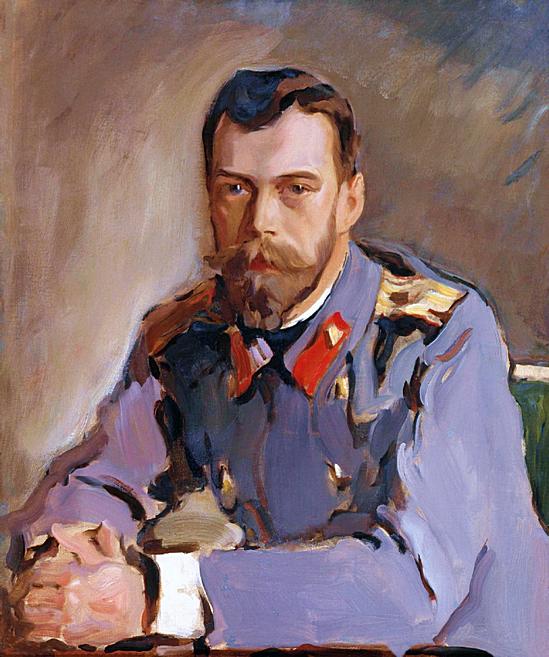
Once in power, Nicholas immediately made known his position about the impossibility of constitutional reform and the inviolability of the autocracy. This pleased the country's monarchists, but disappointed the liberal intelligentsia and the educated elite.
As a whole, the Russian economy expanded during Nicholas II's reign. This economic growth permitted the currency reform of 1897 which established the gold standard for the rouble. On the eve of World War I, in 1913, the country's highest level of economic development was reached, so that the later successes of the USSR were purposely compared with this year. The rate of industrial growth at this time was 4-4.5%, whereas agricultural growth was 2.0%. The construction of railroads continued, natural resources - such as oil in Baku and in Grozny - were actively exploited. The conditions of factory workers improved somewhat during Nicholas' reign, but this did not result in a decrease in the number of strikes, especially during the 1905-1907 revolution.
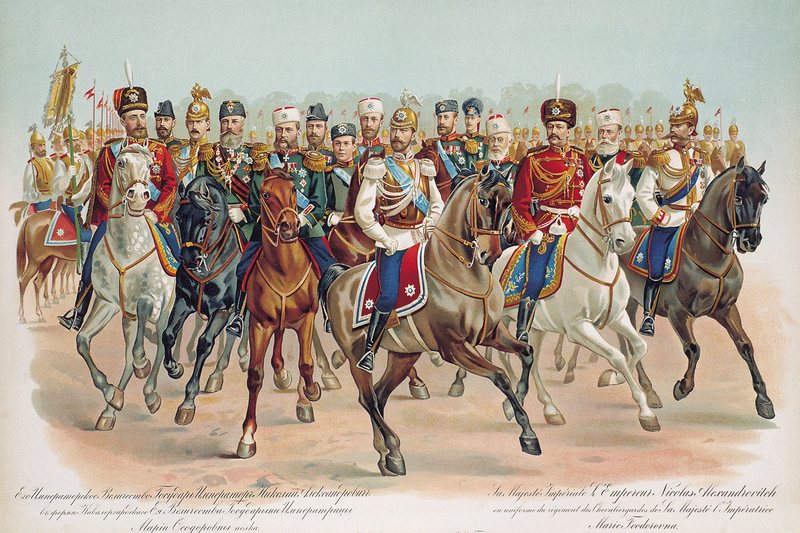
In the sphere of foreign policy, Nicholas strengthened Russia's focus on an alliance with France, and later with England (the Triple Alliance or Entente). Despite once friendly relations with Kaiser Wilhelm II of Germany (Nicholas and Wilhelm were cousins), the relationship between the two countries began to chill. Russia concluded a treaty with China, which allowed it to build railroads in Manchuria, and then to rent two ports on the coast of China, one of them Port Arthur, for twenty-five years. Strengthening Russia's position in the Far East led to the disastrous war with Japan in 1904-1905. As a result of underestimating the enemy, inadequate technical equipment in the army and the navy, extended lines of communication, and occasional lack of strong leadership in the army, the war ended in a catastrophe for Russia, the nadir of which was the destruction of the Russian fleet in the naval battle of Tsushima. President Theodore Roosevelt negotiated the peace treaty which was signed in Portsmouth, New Hampshire in 1905.
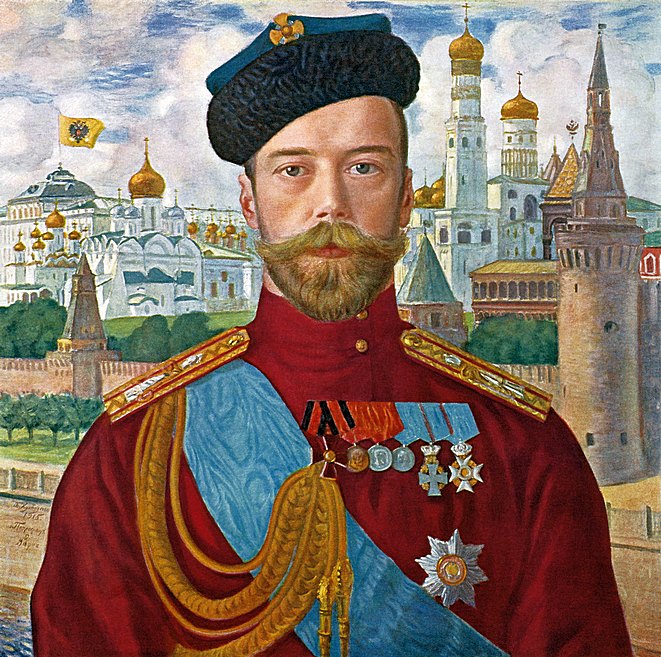
This destabilizing war with its disgraceful defeat was one of the causes leading to the Revolution of 1905-1907. Riots began after what became known as Bloody Sunday, when on 22 January 1905, a peaceful crowd of factory workers and their families, carrying icons and singing hymns (including "God Save the Tsar") marched towards Palace Square from several points in the city. They were fired upon by soldiers of the Imperial Guard, and some forty people were killed. Nicholas was not in residence at the time, but the marching demonstrators were unaware of this fact, and he received the blame for the massacre. Although several authors have claimed that there may well have been agents provocateurs mixed in with the marching workers, society at large viewed the brutal suppression of this event as the execution of peaceful citizens.
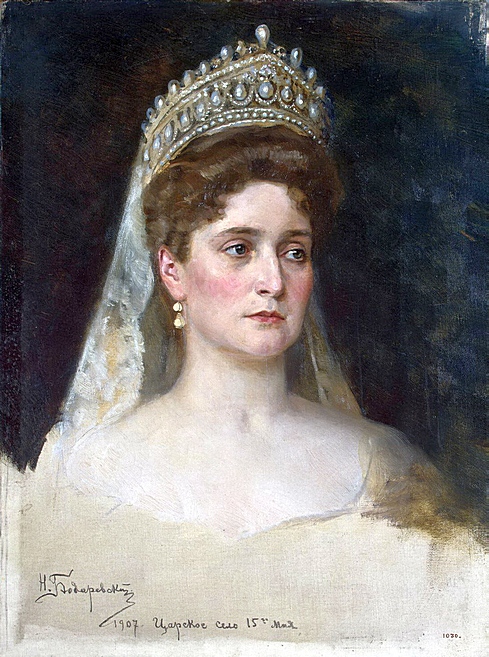
The capital city and the country at large were beset by worker uprisings and clashes with the police, and overall unrest increased. In October of 1905, under great pressure from ever worsening circumstances and general strikes, Nicholas was forced to relinquish his iron grip on his autocratic principles and to grant civil liberties and the convening of an elective, legislative body, the State Duma. Meanwhile, in December 1905 in Moscow, an armed worker's uprising flared up, but the unrest soon waned.
Nicholas' relationship with the Duma, was, unsurprisingly, not of the warmest nature, and the unruly Duma was twice dissolved by the Tsar. Only after the tightening of election laws was a more docile Duma elected that proved capable of working with the Tsarist government. With the Duma's participation, the progressive economic reforms of Prime Minister Peter Stolypin were implemented, but unfortunately Stolypin was assassinated by terrorists in the Kiev Theatre in 1911, during a performance at which Nicholas himself was also in attendance. Once again, another hope for peaceful reforms in Russia was extinguished.
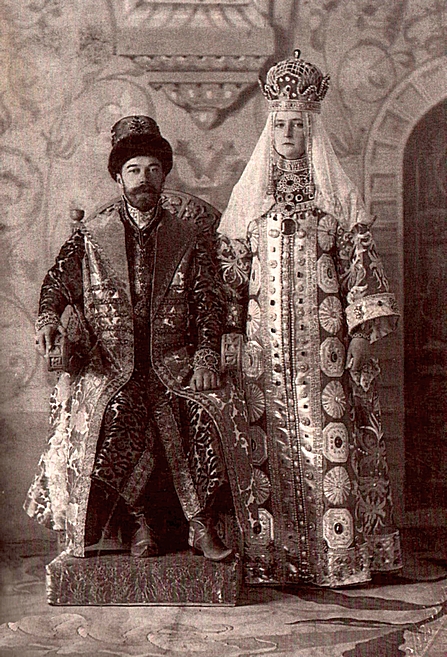
As has already been mentioned, Nicholas II was a controversial figure who evoked love and respect from some of his contemporaries, but disapproval from others. He was an exemplary family man who deeply loved his wife, the Empress Alexandra. Contemporaries confirmed that the Emperor avoided social events and tried to spend as much time as possible in the circle of his close family. The couple had four girls - Olga, Tatyana, Maria and Anastasia - before the longed-for son, Alexey, finally appeared in 1904.
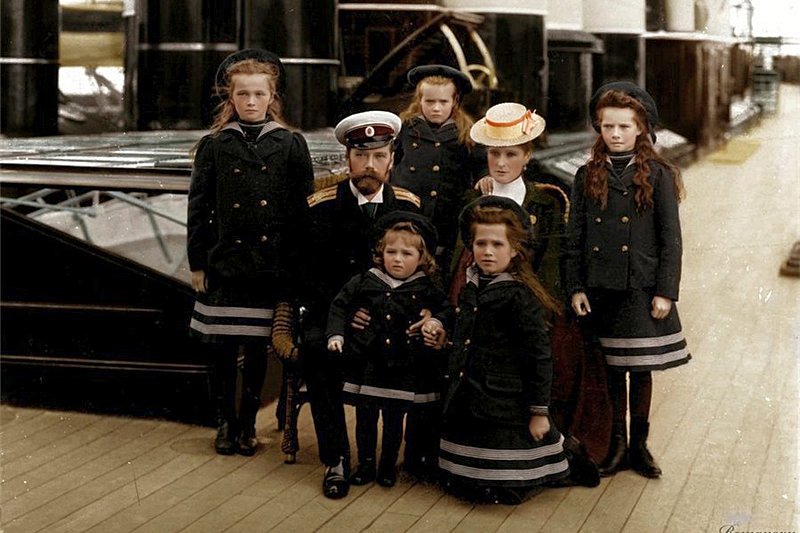
The great joy at the birth of an heir turned into horror shortly thereafter at the discovery that the young child was stricken with hemophilia, a potentially lethal disease in which the blood does not clot. Although stringent steps were implemented to protect the boy's fragile life, it was impossible to prevent all injuries, and in those desperate cases, with the doctors unable to alleviate the boy's excruciating pain and the Tsar's incredible wealth incapable of purchasing a cure, a terrified Alexandra grasped at other means to save the life of her beloved son. Thus the magnetic Siberian mystic, Rasputin, was able to rise to prominence. To this day, no satisfactory explanation has been found as to how Rasputin worked his cures, but work them he did, and Alexandra trusted him implicitly as the only person capable of helping her pain-wracked son. Thus, the mangy mystic gained enormous influence over the devout Alexandra, and through her over the Emperor of Russia, all of which only further destabilized the country that was suddenly plunged into a war of worldwide dimensions.
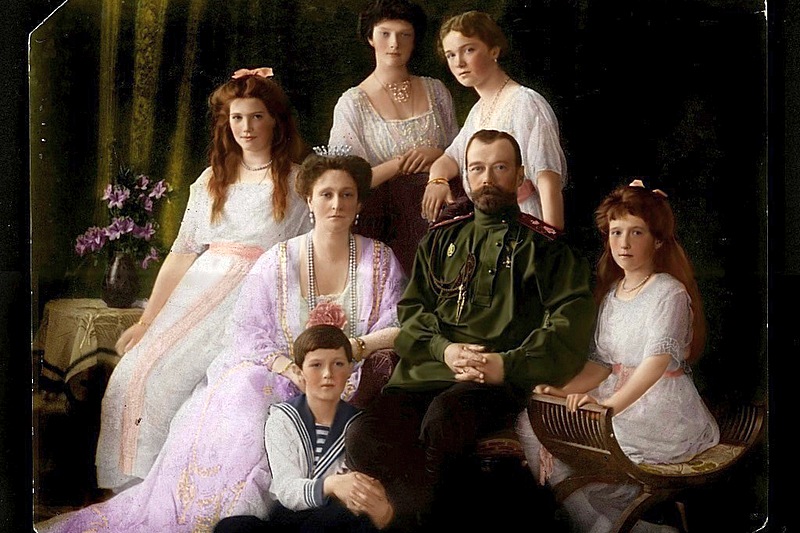
The First World War shocked contemporaries with its brutality and simultaneously, demonstrated the weakness of certain elements of the Russian economy. If, at the declaration of war in 1914, thousands of citizens enthusiastically cheered Nicholas II on Petersburg's Palace Square, only two years later the popularity of the war among society at large had plummeted. Nicholas' decision to take upon himself the duties of the Supreme Commander and his departure from St. Petersburg to Headquarters at the front caused him to lose control over the situation in the capital.
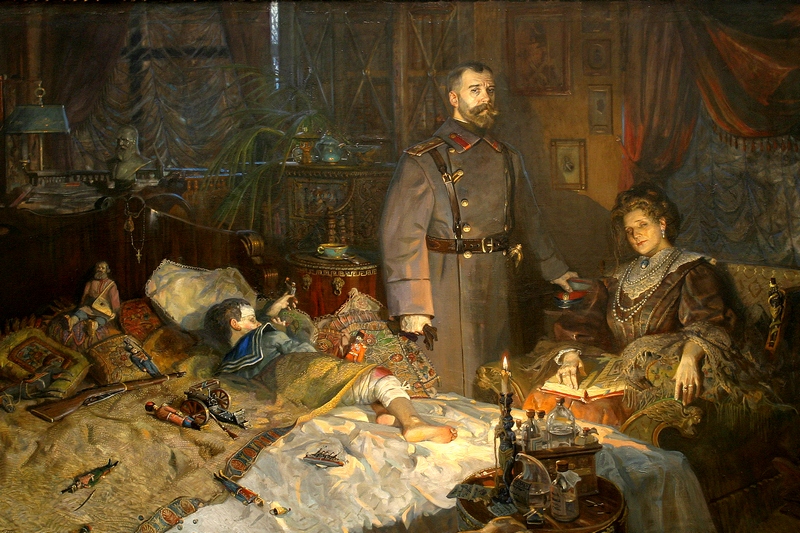
The active participation of the Empress (a German by birth) in the running of the government, led to outrageous rumors that resulted in a further weakening of the power of the autocracy. A disruption in food supplies in Petrograd during the harsh winter of 1916-1917 exacerbated the already deep social divisions and quickly led to riots in the capital, and finally to the February Revolution. In March 1917, Nicholas abdicated in both his name and the name of his underage son, the Tsarevich Alexey. It was assumed that power would pass to his brother, Grand Duke Mikhail, but he refused to accept the crown. The convening of a Constituent Assembly to determine the country's future form of government was announced for the end of 1917, and in the meantime, power passed to the Provisional Government, which consisted of eminent personalities from the State Duma. However, before the Constituent Assembly could be convened, the Bolsheviks had already seized power in the country.
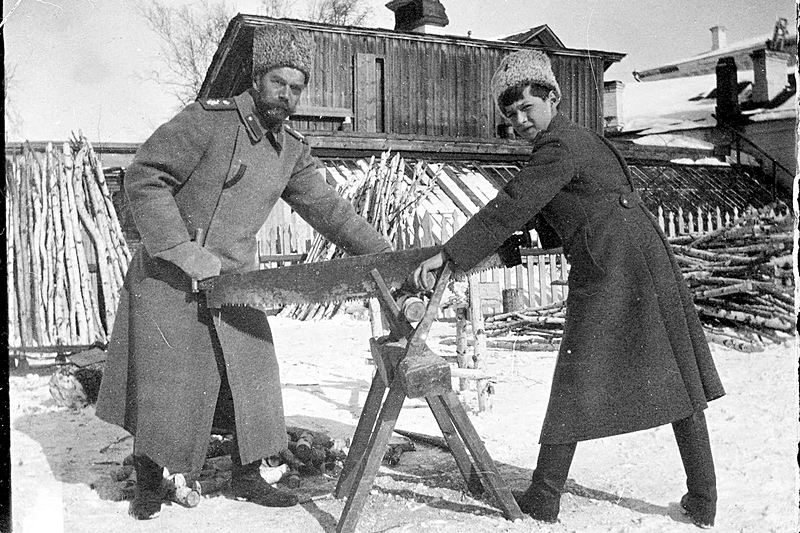
A tragic fate awaited Nicholas and his family. After Nicholas had abdicated in the wake of the February Revolution, he and his family were held under house arrest in the Alexander Palace at Tsarkoe Selo near Petrograd. The Foreign Minister, Paul Milukov, tried to organize exile for the Royal Family in Great Britain, but due to instable conditions in that country, King George V refused to assent to this plan. By decision of the Provisional Government, the former Tsar and his family were exiled to Tobolsk in August 1917, and in the spring of 1918, the Bolsheviks transported them to Ekaterinburg. Here, in a house belonging to the merchant Ipatiev, Nicholas, Alexandra, and their five children were shot and killed in July 1918.

